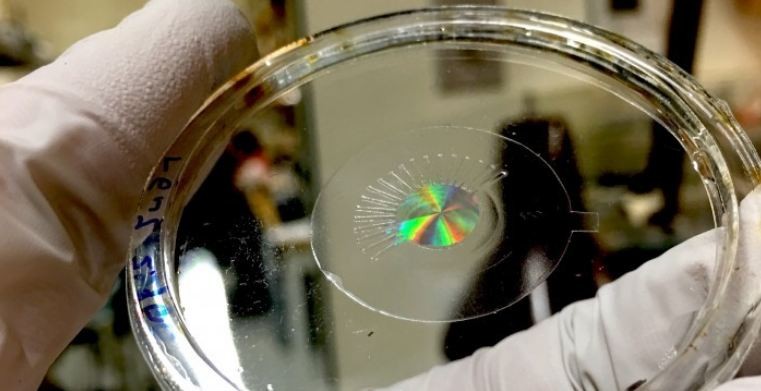
Massive breakthrough with tunable metalens promising to cure blurred vision
In a new research, scientists have been able to develop a tunable metalens that can cure blurred vision. The tunable metalens was created with the help of artificial muscles and metalens technology. The most important thing about the tunable metalens is that it can change its focus in real time just like a human eye.
The artificial muscles attached to the metalens allows it to stretch automatically according to the focal requirements. The newly developed adaptive metalens can help cure blurred vision because of its unique capability to control three of the major contributors of blurry images, that is, the focus, image shift, and astigmatism. The tunable metalens was developed by a group of scientists at the Harvard John A Paulson School of Engineering and Applied Sciences (SEAS), the adaptive metalens.
Lead author of the study, Alan She, a graduate student at SEAS said that their research combines breakthroughs in artificial muscle technology with metalens technology to develop a tuneable metalens that can change its focus in real time, just like the human eye. “We go one step further to build the capability of dynamically correcting for aberrations such as astigmatism and image shift, which the human eye cannot naturally do,” informed Alan She. The upcoming artificial eye that the scientists are currently researching upon, will pack this tunable metalens and hence will provide vision close to the human eye. This artificial eye technology can contribute immensely towards the optical field and has got immense commercial opportunities in the field of consumer electronics, as claimed by the scientists.
Senior author of the study, Federico Capasso, Robert L Wallace Professor of Applied Physics and Vinton Hayes Senior Research Fellow in Electrical Engineering at SEAS said, “This demonstrates the feasibility of embedded optical zoom and autofocus for a wide range of applications including cell phone cameras, eyeglasses and virtual and augmented reality hardware,” Capasso is confident that their adaptable metalens can lead to development of an advanced optical microscope that can operate fully electronically and can correct many aberrations simultaneously.
For building such a tunable metalens for artificial eye, the research team had to scale up the capability of the metalens as they are very small and can only focus light. They had to eliminate spherical aberrations from the metalens by creating a dense pattern of nanostructures. Then they attached the artificial muscle around the metalens to allow it get stretched to control the light focus. The latest study was published in the journal Optics Express.


